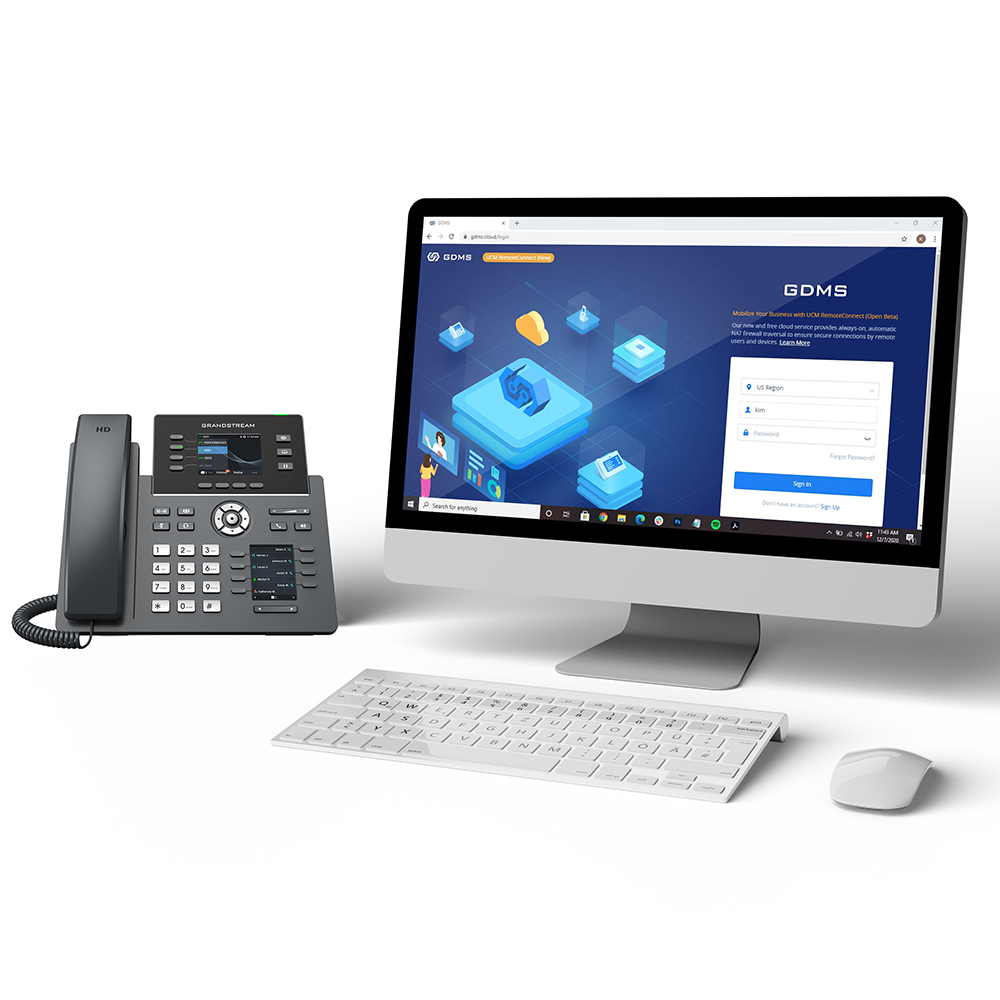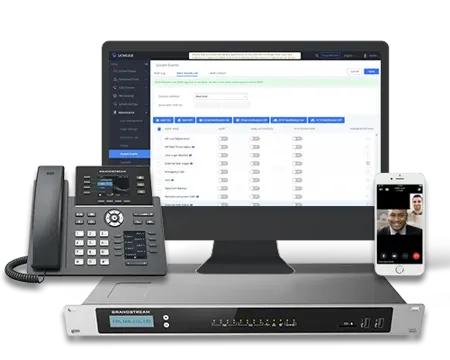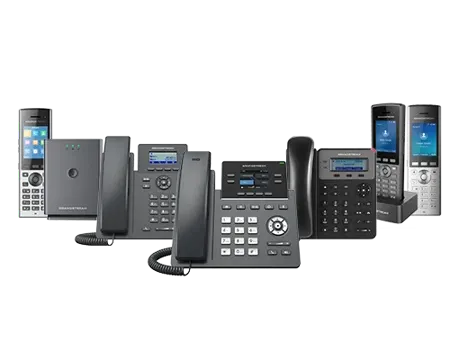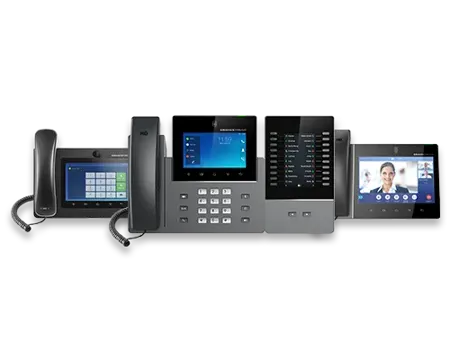
The modern IP Phone
the modern phone is simple to deploy and manage thanks to cloud provisioning and management platforms.
When the telephone was introduced in the 1870s, it changed the world. By opening the universe of communication, it made the world smaller and more connected. Imagine hearing the voice of someone in another city, state or country over the telephone for the first time. It must have seemed like a miracle!
Since then, telecommunications have continued to evolve rapidly, from switchboards and direct lines to massive networks, and from landlines to cell phones. And now, the Internet and cloud-based systems make communication and the instant transfer of information possible with a mouse click.
Onsite or on-premise PBX (private branch exchange) refers to a system where hardware such as desk sets and computer equipment resides at your office. With an IP-PBX, the IP routing is done with more current technology, but the hardware remains on-premises. The signaling is done with an IP phone to the IP-PBX server using a LAN. Calls can go through a traditional phone company as well as voice over Internet (VoIP).
A hosted PBX or hosted VoIP, also known as an Internet phone system, is one where the provider is responsible for housing the IP-PBX, as well as handling the technology required to provide the services to the phone system. The desk sets will plug into a router and the calls, signaling and features are handled through an IP-PBX server at the provider’s location. The provider charges a monthly fee that includes a package of minutes and certain features. Charges can also be at a per minute calling cost.
There are pros and cons of both systems. Before making a decision, it’s wise to compare the fundamental differences and advantages and disadvantages of each.
In general, a hosted system is considered the best solution for small to mid-sized businesses that don’t have in-house IT resources and want to save money on capital expenditures. In contrast, an onsite system may be a better choice for larger companies with IT resources, want control over their phone systems and data, and need a customized solution.

the modern phone is simple to deploy and manage thanks to cloud provisioning and management platforms.

While the demise of the desktop phone has been a popular topic for a few years now, it continues to be a staple of telephony and unified communications deployments. Even as cloud platforms with mobile and desktop apps become popular, the global IP desktop phone market continues to thrive. Desktop phones are central to the way many businesses operate and a familiar and reliable tool for staff. They are central to the way we’ve all become accustomed to communicating and provide the most reliable and dedicated portal for voice communication.
In order to remain a reliable and effective tool now and into the future, the IP phone has evolved in recent years through a variety of improvements and enhancements. As a result, the modern IP phone is easier than ever to deploy while being packed with features that make them more useful than ever. Many modern IP phones offer Wi-Fi and Bluetooth, feature sleek designs, include many customization options, and provide seamless user interfaces. Maybe of most significance, the modern IP phone is simple to deploy and manage thanks to cloud provisioning and management platforms.



A powerful yet easy to manage voice, video, data, and mobility communications platform has never been more achievable than when anchored with Grandstream’s series of UCM IP PBXs.

Developing a powerful solution that is customized for every individual streamlines communication and workload efficiency. Grandstream telephony devices are easily accessible and quick to deploy.

GXV Series of IP Video Phones combines the functionality of an AndroidTM tablet to offer an all-in-one desktop communication solution.